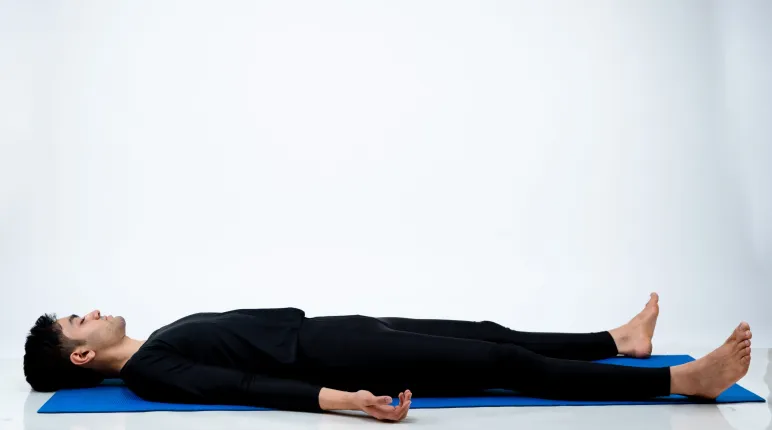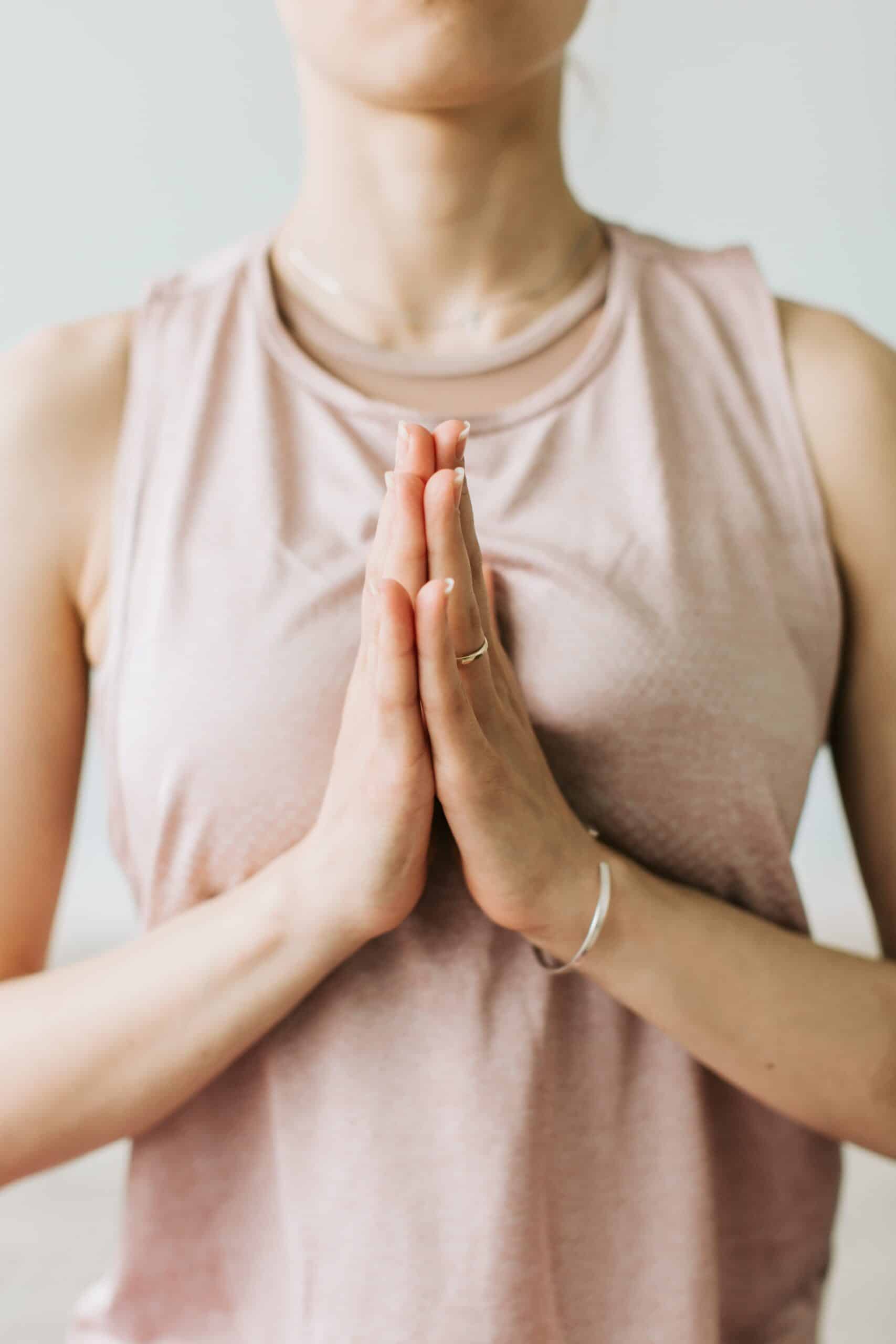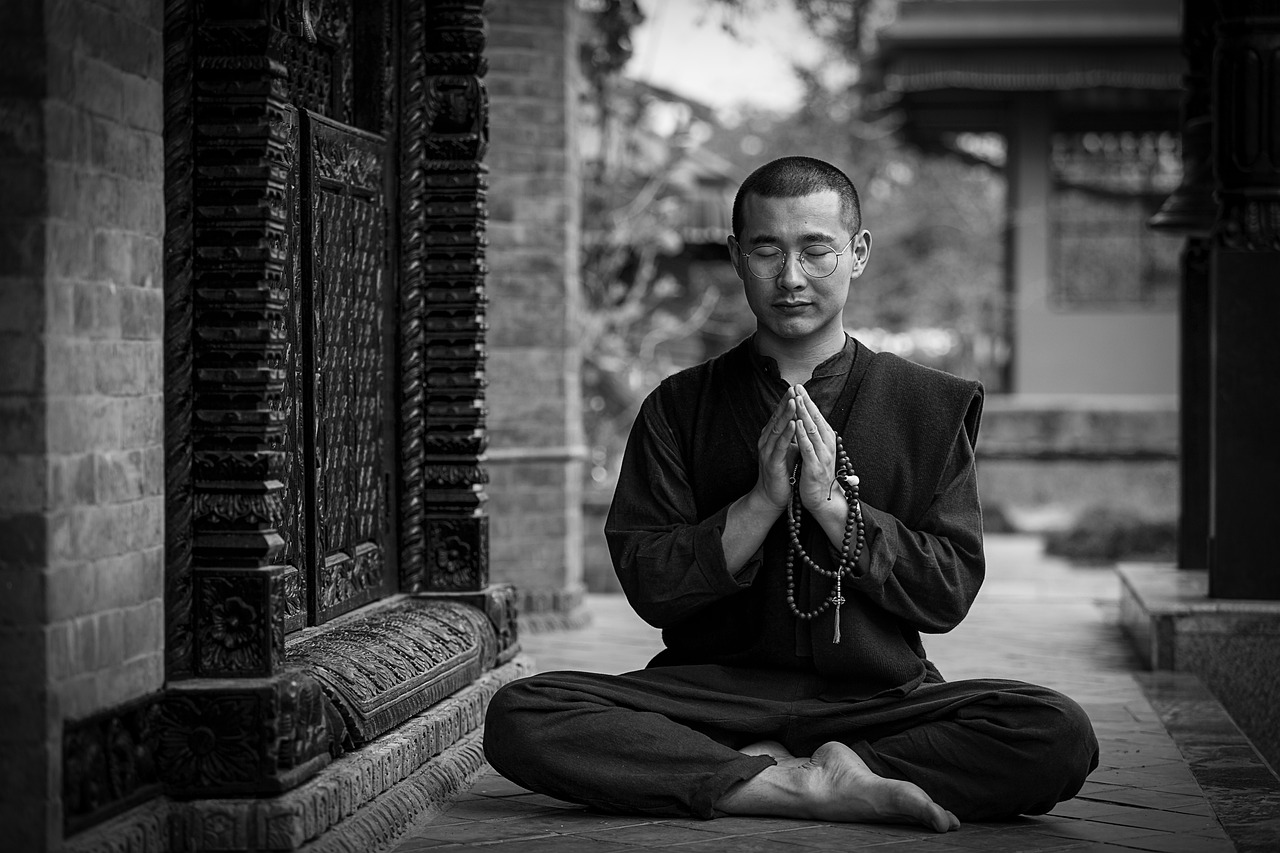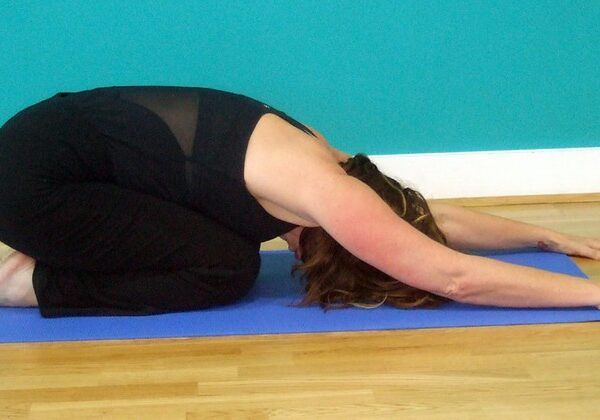Savasana is regarded as one of yoga’s most transformational postures. The benefits of Savasana are for both the body and mind.
In this post, we’ll look at the Benefits of Savasana and how it improves our entire well-being.
Understanding Savasana:
Savasana is often done at the end of a yoga session, following the physical postures (asanas) and before the final meditation or breathing exercises. The name “Savasana” comes from two Sanskrit words: “sava,” which means corpse, and “asana,” which means position. In essence, this stance simulates a corpse’s stillness, allowing practitioners to completely relax and submit.
The physical practice of Savasana is straightforward: lie flat on one’s back, arms slightly away from the body, palms facing upwards, and legs comfortably apart. The eyes are closed, and the breathing occurs normally. While the pose may appear simple, the brilliance of Savasana comes in its capacity to produce deep relaxation and release.
The Benefits of Savasana:
- Reduce stress hormones: Cortisol, a stress hormone, is known to cause a variety of health issues. According to research, practicing Savasana can significantly reduce cortisol levels, producing a sense of serenity and well-being.
- Lower blood pressure: Chronic stress is a primary contributor to high blood pressure. Savasana, which promotes relaxation and activates the parasympathetic nervous system, can help manage blood pressure
- Improve your sleep quality: Difficulties falling and staying asleep are typical complaints. Savasana’s stress-relieving and relaxing actions can help improve sleep quality by fostering deeper relaxation and lowering anxiety
- Boost the immune system: Chronic stress can reduce the immune system’s ability to combat sickness. Savasana may help boost the immune system by increasing relaxation and lowering stress hormone levels.
The Mental and Emotional Benefits of Savasana:
The Benefits of Savasana go well beyond the physical realm. Savasana allows the body to rest, creating room for the mind to calm. This inward attention cultivates:
- Mindfulness: Savasana improves awareness of the present time. As you lie quietly, you become more aware of your breath, physical sensations, and thoughts without judgment. This mindfulness practice may be continued beyond the mat and into daily life, promoting better emotional management and attention.
- Stress reduction: The relaxing impact of Savasana helps to quiet the mind and lower stress levels. This can lead to feelings of inner calm and better emotional well-being.
- Improved self-awareness: The tranquility of Savasana enables reflection. Observing your thoughts and emotions without judgment helps you get a better knowledge of yourself and your tendencies.
- Increased creativity: The calm mood achieved in Savasana can promote receptivity and innovation. This area encourages the emergence of fresh ideas and the flourishing of creativity.
The Long-Term Benefits of Savasana:
The Benefits of Savasana go well beyond the instant relaxation it gives. Regular practice can result in long-term improvements in your physical and mental health. This includes:
- Increased resilience: Learning to relax and regulate stress in Savasana gives you the tools you need to deal with everyday obstacles more effectively.
- Improved attention and concentration: The ability to calm the mind during Savasana leads to greater focus and concentration throughout the day.
Conclusion:
In a world full of perpetual noise and attention, Savasana provides a haven of calm and quiet. Savasana provides more than just physical advantages; it also promotes mental serenity, relaxation, and self-awareness.
By submitting to the Benefits of Savasana pose, we may tap into a source of profound healing and change, helping us to move through life with greater ease and grace. As we embrace the essence of Savasana, may we find sanctuary in the silence of our being and awaken to the limitless potential that exists within.
Frequently Asked Question
What is the function of savasana?
Savasana, also known as Corpse Pose, is a yoga posture that promotes deep relaxation and integration at the end of a practice.
It allows the body to release tension, calm the nervous system, and integrate the practice into daily life. Savasana promotes mindfulness and awareness, enhancing self-awareness and presence.
It also helps reduce stress by allowing practitioners to let go of worries and anxieties. Savasana also serves as a natural transition from physical postures to seated meditation, preparing practitioners for a deeper meditation experience. By dedicating time to this posture, practitioners can experience profound benefits for their overall well-being and inner harmony.
How long should you stay in Savasana?
Savasana, a yoga practice, can vary in duration depending on individual preferences, energy levels, and the context. It is generally recommended to practice for 5-10 minutes at the end of a session, but some practitioners may find longer durations. Factors to consider include time availability, fatigue level, stress level, mindfulness and awareness, and personal preference. A brief Savasana can still offer significant benefits, while longer durations promote relaxation and calming of the nervous system. Personal preference can also influence the duration. Regardless of the duration, it’s essential to approach Savasana with an open mind and surrender to the present moment.
Is it OK to sleep in Savasana?
Savasana, a yoga pose, can last 5-10 minutes, depending on individual preferences and energy levels. It’s crucial to approach with an open mind and surrender to the present moment. Although falling asleep during Savasana is common, it doesn’t diminish its benefits. To avoid falling asleep, be aware of your sleep needs, gently awaken, and modify your practice. Trust your body’s wisdom for a deeper sense of peace.
What are the disadvantages of the Savasana?
Savasana, or Corpse Pose, is a restorative yoga posture that can be beneficial for both the body and mind. However, it may cause sleepiness, discomfort, and mental strain, especially for those with tight muscles or joint issues. It’s primarily passive, and may not provide the same physical benefits as other poses. It’s also not suitable for those with certain medical conditions or injuries. Consultation with a healthcare professional is essential.





No Comments